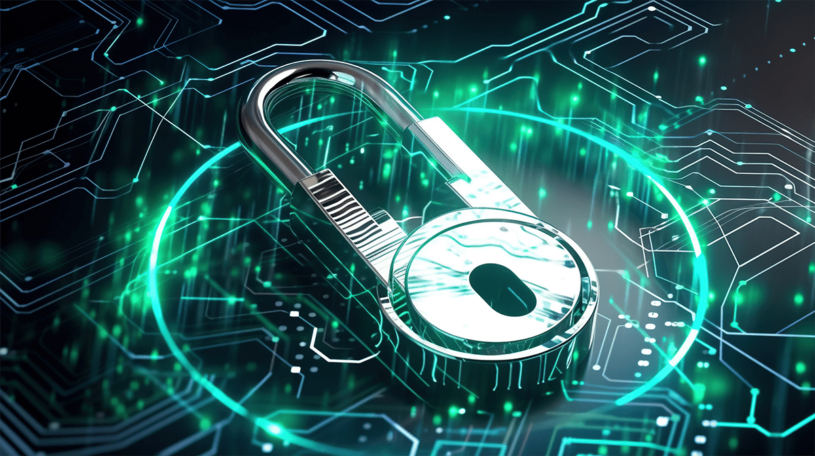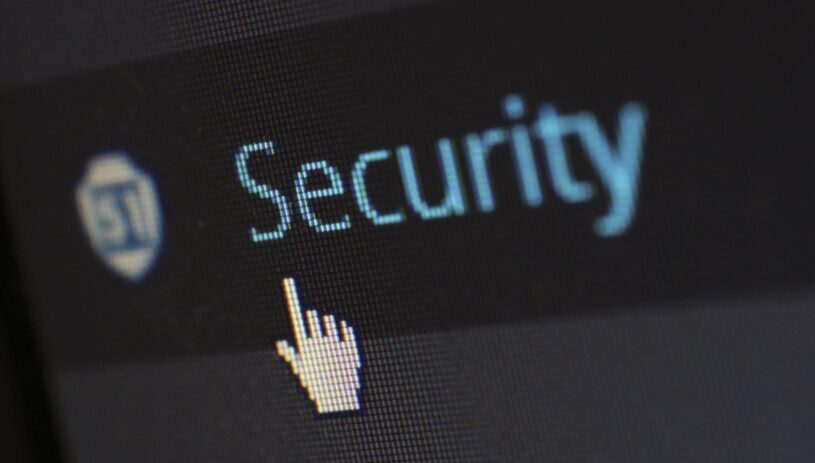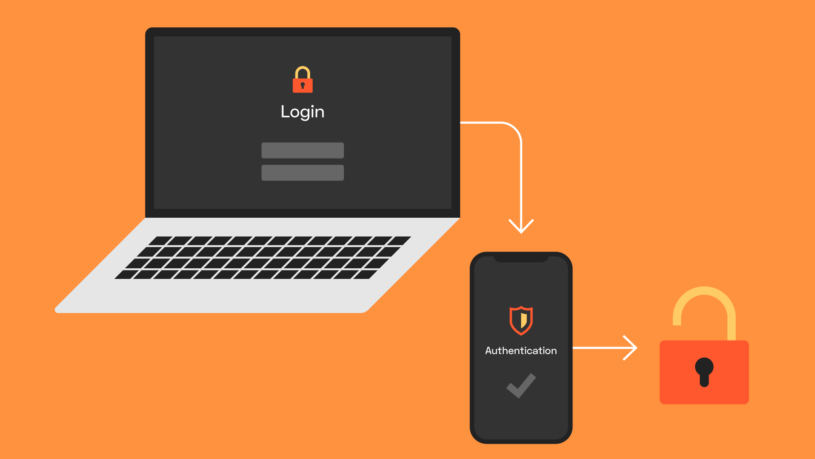It is now official – hackers have entered their golden years. Attacks have become more widespread, yet most businesses aren’t putting cybersecurity into priority. If only business owners knew how costly cyberattacks can be, they would take cybersecurity seriously.
The Impact of Cyberattacks
Not taking the right steps to protect your organization and bolster your cybersecurity can have negative impacts. A significant cyberattack or data breach can lead to indirect costs, direct expenses, and opportunity costs for your business.
Indirect cost is the effort and time that internal resources spend after and during a data breach, for instance, in-house communications and investigations.
Direct expenses are the costs incurred to complete specific activities, like providing victims a free credit monitoring subscription, offering customers a discount for future products/services, setting up a hotline, and conducting forensic investigations.
On the other hand, opportunity costs are the expenses of lost business opportunities because of a bad brand reputation. The cost of a lost business opportunity can be tremendous if the data breach is revealed publicly through the media.
Why Cybersecurity is Crucial

Cybercrimes put your IT equipment, data, and money at risk. If hackers get access to them and to your network, they will be able to inflict damage with whatever they see and find, like:
- Product designs
- Manufacturing processes
- Plans for business growth
- Pricing structure
- Banking details of your company
- Credit card details of customers
- Other intellectual properties
As many people now work remotely, cybersecurity has become important. Many businesses work with the best cybersecurity providers and use cloud-based tools as well as technology for their everyday options, such as communicating with suppliers/customers, banking transactions, selling & buying, advertising, and online meetings.
For reputational and financial reasons, it would be best to protect your cloud-based system and data against hacks or unauthorized breaches.
Crucial Cybersecurity Steps

Cyber attackers target businesses of various sizes and industries. This is why it is important to follow the following steps to navigate through the cybercrime realm:
Train Employees
Workers are usually the weakest links in security systems. One careless mistake, like providing confidential details to untrusted sources, may put the cybersecurity of an entire company at risk. This is why training workers on best practices and cybersecurity awareness is crucial.
As a business owner, you must create comprehensive security procedures and policies that every employee should follow. You need to also provide your workers with proper training on emerging and new threats.
Upgrade Software
Perhaps your PC is running on last year’s Windows version, or a laptop sitting next to it has an outdated Mac OS X, and you are still boasting a CRT monitor. You must confront this situation when looking around your office and you will see how things unfold.
One important step to always have in your arsenal is to update your software to the newest version to add extra security patches. As you work on that, assign one of your employees to set up a solid tracking spreadsheet to list the software and hardware in all workstations and the version they are working on currently.
Stop Using Unsecure Networks
Using a public Wi-Fi network can put your company at great risk because it isn’t secure. Advise workers against that, too, especially if they work remotely.
Several ways can help you prevent important information from being passed or transmitted. One way is to only use an encrypted site and always avoid mobile applications requiring sensitive details. You can easily tell whether a site has been encrypted – it starts with https.
Another way is to use a VPN (virtual private network) that encrypts traffic between the internet and your computer. If resources aren’t a problem, create a virtual private network for workers to use so they can have remote and secure access.
Use 2FA (Two-Factor Authentication)

As part of a business strategy, you have to think of how you can protect your customers’ accounts and your systems. Using two-factor authentication is one way to do that. It simply means that anyone logging into your system must provide something else in addition to their password and username so they can verify they are exactly who they claim to be.
You may use it on an internal system and your customer-facing system. To do that, just enable 2FA on those systems, including the following:
- Accounting services
- Document storage
- Email services
- Social media accounts
- Banking systems
- Any system you use to keep financial, personal, or customer data
Ignore Suspicious Texts and Emails
At times, the easier security steps are simply the best. Adopt the habit of never replying to or opening suspicious emails, even if it seems that you know the sender.
If you still choose to open them, avoid clicking on suspicious links and downloading attachments. Doing that can make you one of the victims of online identity and financial theft through phishing scams.
A phishing email is among the most nefarious ways technological advancements affect people’s lives this year. It often comes from a known sender, like someone you did business with or a bank. Through it, hackers try to acquire financial and private data, such as credit card numbers and bank account details.
In 2024, every hacker is willing to go through various digital avenues so they can find victims. So, you must treat texts and emails from unknown senders with caution.
Safely Dispose of Old Media and Computers

Before thrashing or donating old computers, make sure you wipe every piece of invaluable information in the hard drive or disk. While at it, delete sensitive personal or business data on flash drives, old CDs, or other media.
Afterward, destroy those items or consider taking them to companies that can shred them on your behalf. If you have sensitive paper information, destroy it using an incinerator or a crosscut shredder.
The Takeaway
You can’t be assured of 100% security and safety. Cybercrimes are always looming and infiltrate even secure systems. Hence, putting in place flexible cybersecurity measures and proactively using breach detection mechanisms can be sustainable and effective in securing information and infrastructures. Learn more about the most powerful cybersecurity software tools for this year.
